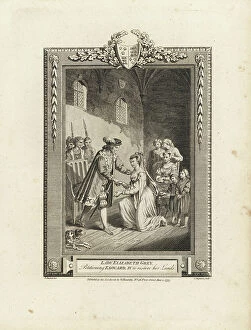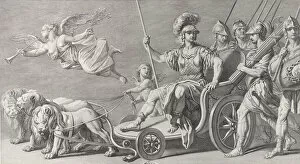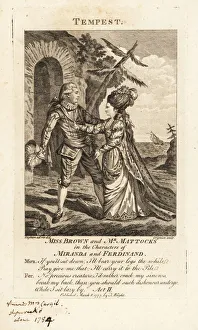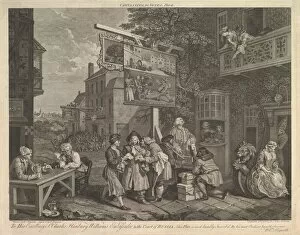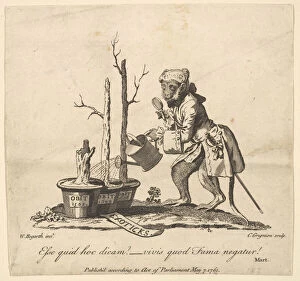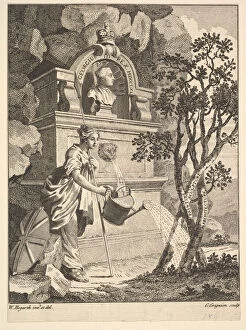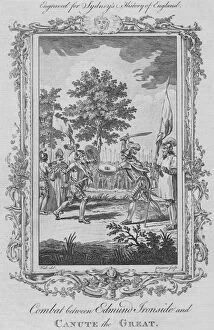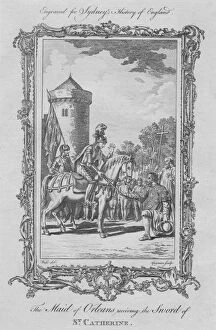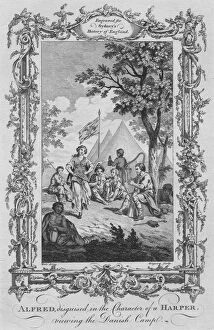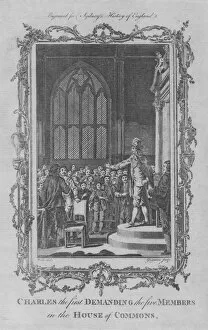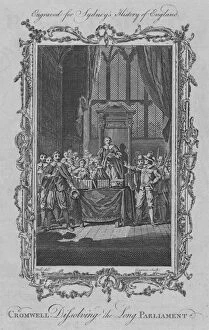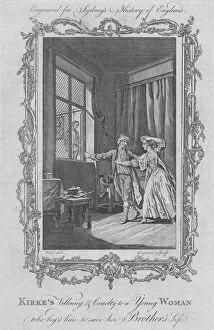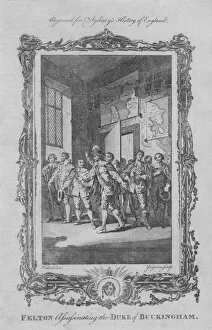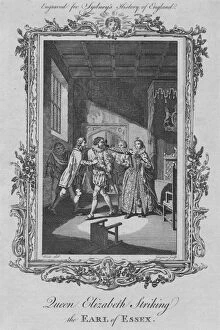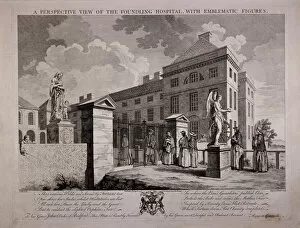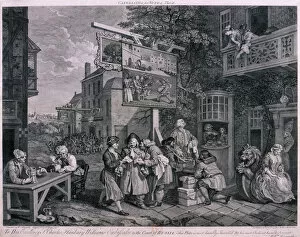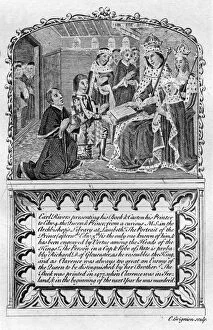Grignion Collection
"Exploring the Artistic World of Charles Grignion: A Journey Through Time" Step into the captivating world of Charles Grignion
All Professionally Made to Order for Quick Shipping
"Exploring the Artistic World of Charles Grignion: A Journey Through Time" Step into the captivating world of Charles Grignion, a renowned artist whose works spanned various genres and subjects. In 1749, he depicted Mars on a chariot drawn by three majestic lions, showcasing his mastery in capturing mythical scenes with intricate details. Grignion's talent extended beyond mythology as he also delved into capturing real-life events. In 1748, he immortalized a thrilling Cricket Match in Mary-Le-Bone Fields, transporting us back to an era where sportsmanship reigned supreme. Not limited to grand spectacles alone, Grignion showcased his versatility through portraiture. Ann Brown and George Mattocks came alive in the operatic version under his skilled brushstrokes, revealing their emotions and personalities. The realm of fencing was not spared from Grignion's artistic prowess either. The Gentleman fencer in third position of extension exuded elegance and precision through every stroke captured on canvas. In Plate II: Four Prints of an Election (February 20, 1757), we witness Grignion's ability to capture political satire with finesse. Canvassing for Votes showcases the chaos and humor surrounding elections during that time period. As we delve deeper into Grignion's body of work, we encounter tailpieces and frontispieces that adorned catalogues for exhibitions held at Spring Garden in May 1761. These intricate designs added a touch of sophistication to these publications while reflecting the essence of the artworks within. One cannot overlook Poseidon/Grignion - a collaboration between two great forces resulting in an awe-inspiring piece that merges mythological power with artistic brilliance. Traveling further back in time through View of York (1756), we are transported to this historic city as seen through Grignion's eyes. His attention to detail allows us to immerse ourselves in the bustling streets and architectural wonders of the era.



